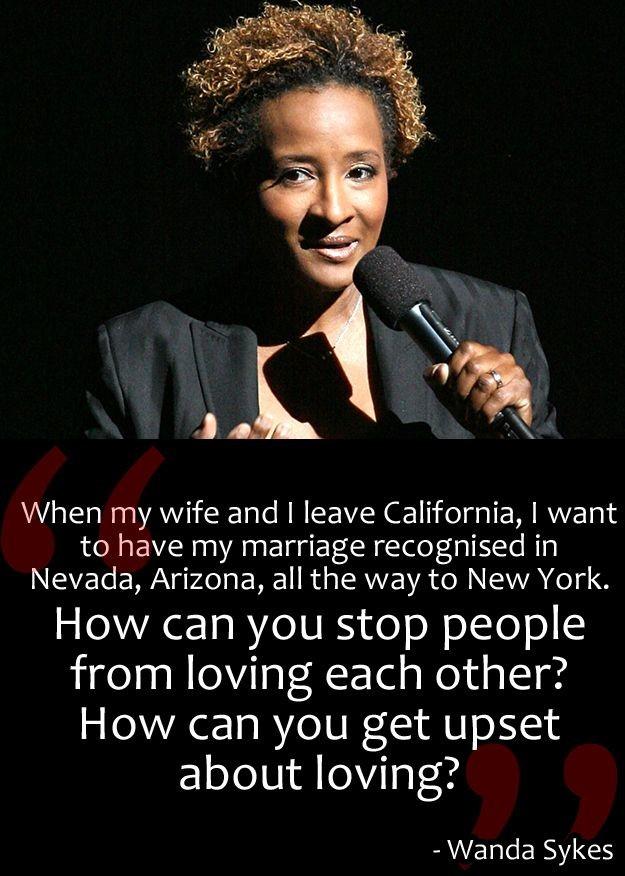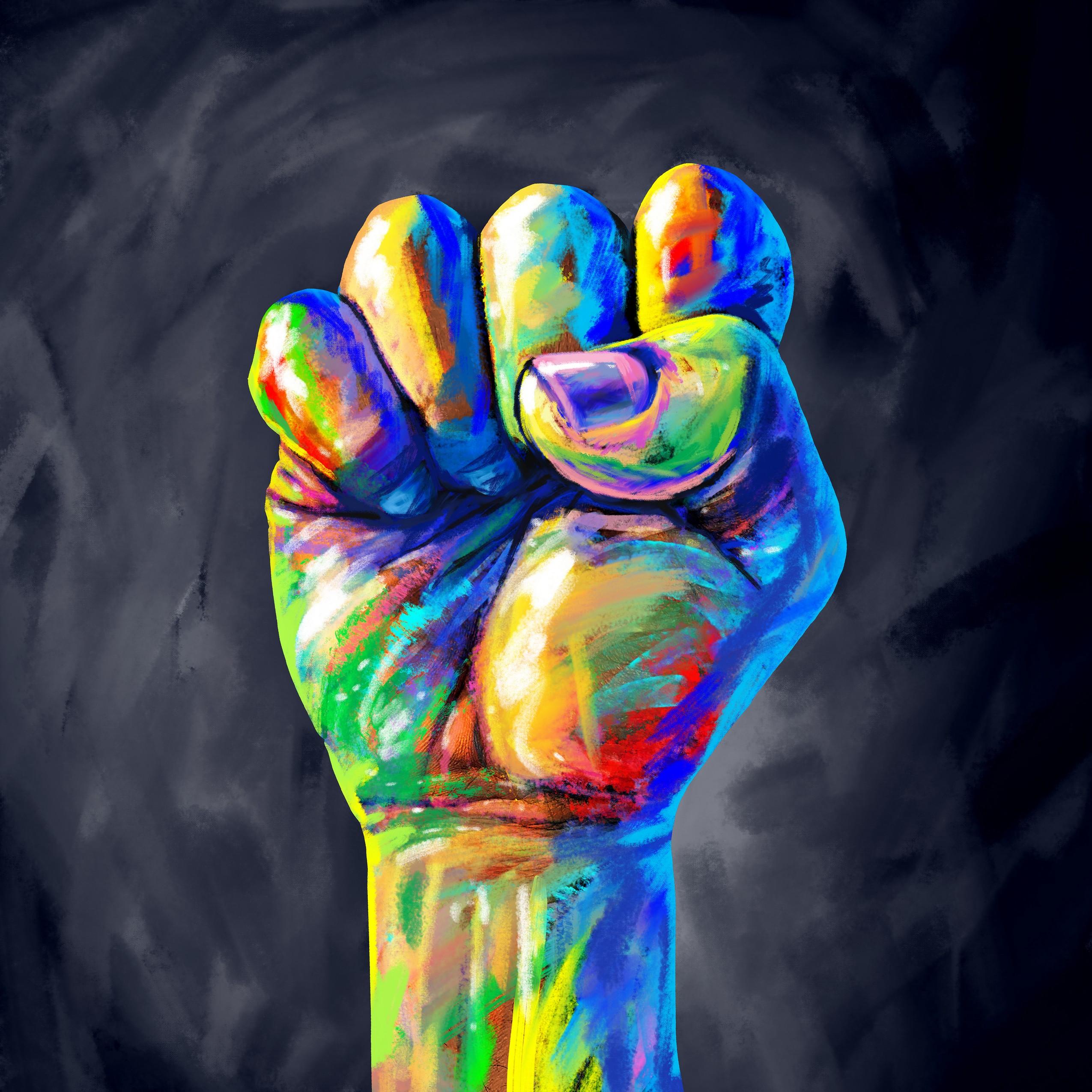
9 minute read
Module 1 and 2 Glossaries
from DCHN Module 3
by rubiconprg
Cognitive Dissonance: Cognitive Dissonance is the tension we feel from the uncomfortable thoughts and feelings we realize our actions do not align with our beliefs.
Advertisement
Dead name: or dead name, is a term for someone’s old name after a name change, especially regarding a transgender person’s adoption of a name that conforms with their gender identity. It is rude to refer to a trans person by their dead name.
Masculine: having qualities or appearance traditionally associated with men:
Feminine - having qualities or appearance traditionally associated with men:
Toxic Masculinity - a cultural concept of manliness that glorifies stoicism, strength, virility, and dominance, and that is socially maladaptive or harmful to mental health: Men and women both suffer when toxic masculinity perpetuates expectations that are restrictive and traumatizing. (dictionary.com)
Trans*: An umbrella term includes folks who identify as transgender, transsexual, and other identities where a person does not identify with the gender they were assigned at birth. It is a placeholder for suffixes of trans, that is, trans_____. The asterisk (*) stands in for *gender, *sexual, *feminine, *masculine, *folks, *person, *guy, *girl, *woman, and *man.
AFAB: Acronym with the meaning “assigned female at birth.” AMAB: Acronym with the meaning “assigned male at birth.” Ally: Ally is a term to describe anyone who actively and fully supports the LGBTQIA+ community. Androgynous: Referring to a person with a gender identity or presentation that is neutral or has both masculine and feminine parts. Synonyms include null-gender, androgyne, genderless, and neutrosis. Assigned Sex at Birth: A medical assignment given at birth based on physical characteristics of the body. This can refer to male, female, or also intersex. Body Dysphoria: Discomfort about the body that is related to gender identity and misalignment with physical characteristics such as anatomy, secondary sex characteristics, reproductive organs, etc. Cisgender: A person whose gender identity or subconscious sex aligns with the sex that they were assigned at birth. For example, a person assigned the sex of a male at birth who identifies as male gender would be considered cisgender. Similarly, a person assigned the sex of female at birth and who identifies as female gender would be cisgender. Cisnormativity: Most people are cisgender and so this is considered the “norm,” which can lead to systemic and unintentional prejudice against trans people in society. However, cisgender individuals can also be gender non-conforming. The Latin prefix “cis” means “on the same side.” Cisgender Privilege: Referring to the experience of never having one’s natural sexual identity be questioned by society. This leads to the behavior of taking for granted that everyone has the same life experience and a lack of struggle with their gender identity.
Glossary Continued Family of choice: The circle of friends, partners, etc. that people who are LGBTQIA+ choose to associate with because they provide validation, support, and a feeling of belonging that they may be missing in their biological family. Female-to-male (FTM): Referring to people who were assigned female at birth but who identify as male. This may or may not involve changing the body through medical procedures or surgeries. Feminine-presenting: Referring to a person with an outward gender expression that appears feminine. For example, this could be shown through style, mannerisms, body language, etc. Femme: Referring to a person with a gender identity or expression that leans toward being feminine in general. A person who is femme does not necessarily identify as a woman and is not necessarily assigned the female sex at birth by a doctor. Gender Affirmation Surgery: Surgery to affirm an individual’s gender identity that involves changing primary or secondary sex characteristics. This can be necessary to alleviate gender dysphoria. Gender Conforming: Referring to a person who follows the rules of society about how genders should act, behave, and appear to others. Gender Dysphoria: A medical diagnosis and term to reflect the distress experienced by individuals who have a misalignment between their sex assigned at birth and the gender that they identify with internally. This means that a person doesn’t feel right about their body parts, physical characteristics, or societal interactions in terms of their internal experience of gender.
Glossary Continued Gender Expression: The way that a person publicly expresses their gender as masculine, feminine, androgynous, etc. For example, gender can be expressed through their clothing, hair and makeup, body language, chosen name, pronouns, mannerisms, interests, etc. For trans people, they may also physically alter their body through medical interventions to match their internal gender identity such as hormone therapy or surgery. Also known as gender presentation. Genderfluid: Referring to a person who shifts between genders or who feels as though their gender changes over time either rapidly or gradually. Gender Identity: A core sense of the self as being a woman, man, or neither. This does not always align with the sex assigned at birth and can develop and change over time. It also cannot be assumed based on outward physical characteristics. Gender-Inclusive Pronouns: Pronouns that are neutral and can be used by both transgender and cisgender people. For example, the words they, them, and theirs when used to refer to a single person are gender-neutral Gender Nonconforming (gender variant, genderqueer): People whose gender expression does not follow the gender norms or societal expectations for the sex they were given at birth or their perceived sex. This includes people who are androgynous, feminine men, masculine women, etc. This can include trans people but not all people who are gender non-conforming identify as trans. People of any gender can be gender nonconforming (e.g., cis, nonbinary, trans). Gender Norms: The cultural and social norms assigned to women and men regarding clothing, appearance, roles, and behavior. For example, women are expected to behave more passively than men, while men are expected to be more dominant than women. People who do not fit gender norms may be singled out (e.g., an overly feminine man or a dominant woman).
Glossary continued Intersex: A person born with characteristics that are not easily categorized as male or female (e.g., reproductive organs, chromosomes, hormones). For example, a man could be born with ovaries instead of testes or a woman could be born with XY chromosomes. Intersex occurs at a rate of about one in 1500 births but most people are assigned either male or female sex at birth regardless of being intersex. Intersex people may identify with their assigned sex, identify with the opposite sex, or identify as intersex. They do not usually identify as trans (transgender or transsexual).
LGBTTTIQ: An acronym representing lesbian, gay, bisexual, transsexual, transgender, two-spirit, intersex, and queer.
LGBT: An acronym representing lesbian, gay, bisexual, transgender.
LGBTQIA+: An acronym representing lesbian, gay, bisexual, transgender, queer/questioning, intersex, asexual/ally, etc.
LGBTQ+: An acronym representing lesbian, gay, bisexual, transgender, queer/questioning, etc. This acronym is internationally recognized.
LGBTQ2: An acronym representing lesbian, gay, bisexual, transgender, queer/questioning, and two-spirit
LGBTI: An acronym representing lesbian, gay, bisexual, transgender, and intersex.
Glossary continued Male-to-female (MTF): Referring to people who were assigned male at birth but who identify as female. This may or may not involve changing the body through medical procedures. Masculine-of-Center: People who identify as masculine. These individuals may or may not identify as a man. Being masculine-of-center does not indicate a person’s assigned sex at birth. Masculine-presenting: People with a gender expression that they consider to be masculine. This includes outward expression through such things as body language, mannerisms, physical characteristics, and style. This term does not indicate anything about assigned sex at birth. Maverique: A person who experiences their gender identity to be separate from current categories and descriptions. Misgender: Calling someone by the wrong pronoun or using language that is not inclusive to their gender identity. Multi-gender: People who identify with more than one gender. This includes people who identify as bigender, trigender, pangender, polygender, and in some cases, genderfluid. Neutrois: People who have a gender that is neither male nor female. This includes nonbinary, genderless, genderfluid, and agender identities. Nonbinary: Nonbinary (sometimes called enby or nb) is an umbrella term for anyone who falls outside the gender binary of male or female. Some people simply identify as non-binary and some identify as a specific type of nonbinary identity. Examples include genderqueer, genderfluid, agender, bigender, etc.. Queer: Previously used as a derogatory term for transgender and transsexual individuals, which has since been reclaimed by the community to display their identities with pride.
Glossary continued Glossary continued Sex: A classification system assigned at birth based on a person’s physical characteristics, reproductive systems, chromosomes, hormones, and secondary sex characteristics. Sex is generally classified at birth as male, female, or intersex based on the appearance of the external genitalia. If these are ambiguous, sex is assigned based on internal genitalia, hormones, and chromosomes. Sex Assigned at Birth: The sex assigned to a person at birth based on the existing classification system. Trans Man/Trans Woman: A trans man is someone who was assigned the sex of “female” at birth but who identifies as a man (also known as female-to-male or FTM). A trans woman is someone who was assigned the sex of “male” at birth but who identifies as a woman (also known as male-tofemale or MTF). Transgender/Trans: Transgender is as an umbrella term for anyone who identifies as a gender other than the one they were assigned at birth. This includes trans men or women and non-binary identities such as genderfluid, genderqueer, and agender. Transitioning: Activities engaged in by trans individuals to affirm their gender identity such as changing their name, clothing, pronouns, sex designation, etc. This can include medical treatments such as hormone therapy, sex reassignment surgery, etc. This process is different for every person and the time it takes and activities that are engaged in are not universal. Transpositive: This term refers to the opposite of transphobia. This type of attitude is validating and accepting of transsexual and transgender individuals and celebrates their rights. Transphobia: Intolerance, fear, aversion, prejudice, harassment, discrimination, violence, or hatred aimed at trans individuals and trans communities based on stereotypes and misconceptions. Two-Spirit: Two-Spirit is an important term in many indigenous cultures. It has no set definition but is mainly











